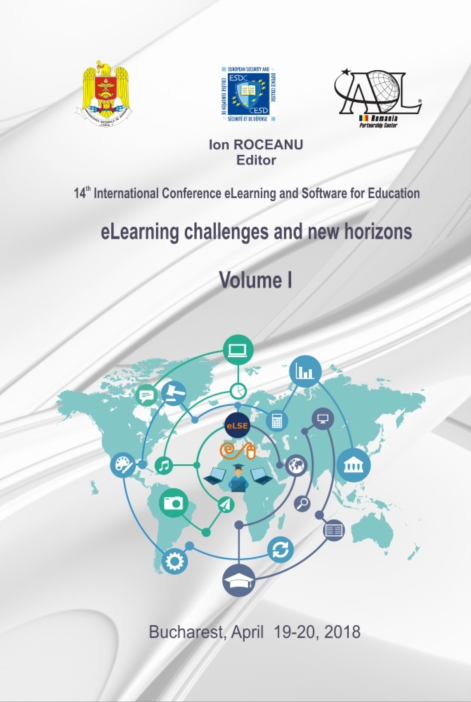Video Game Analytics and Down Syndrome
Video Game Analytics and Down Syndrome
Author(s): Lucy Garcia, Augusto Salazar, Mauricio García, Sayira Hernandez, Cesar GomezSubject(s): Social Sciences, Education
Published by: Carol I National Defence University Publishing House
Keywords: ICT; Gamificación; Down Syndrome; Education; Inclusión;
Summary/Abstract: Today there are many children with Down Syndrome (DS) who have difficulties in the teaching-learning process in general and in particular in mathematics. These difficulties have their primary origin in the intellectual disability that is manifested to a greater or lesser extent in people with DS (PDS) due to a genetic alteration characterized by an additional copy of chromosome 21. This genetic imbalance causes a decrease in the number of neurons and synaptic connections which in turn makes mental and motor processes slower for them than for other people. Notwithstanding the preceding, the population retains its capacity for learning and improvement, even there is no limit to the development of their skill is as long as they provide the right incentives. On the other hand, ICTs have proven to be an inclusive tool with the population in cognitive impairment such as DS. Experts affirm that these people do have interest and can make use of technologies, which constitute a valuable instrument to increase the probability of becoming more independent and active in the community. In this sense, actions have been undertaken to promote the social inclusion of this population by promoting access to ICT, respecting their right to access information and communication. In this way, the digital divide is reduced, and educational, labor and social inclusion are favored. According to the above, the design of a prototype of an educational video game in mathematics that is inclusive with PDS was proposed. This game is based on three own activities of daily living of people who require basic knowledge in mathematics. Each of the activities starts at a basic level of difficulty, and to the extent that the user manages to perform each of them adequately, the difficulty of them will increase. The objective of the first activity of the game is to identify shapes and colors correctly, the other is to count, and the last is to organize elements according to form. Since some users with or without DS can have limitations in language development, the game was designed so that from the same user interaction with the application could be obtained data showing some aspects of the teaching-learning process and familiarization and use of the proposed tool. These analytical data extracted directly from the interaction with the game facilitates the evaluation of it, especially in populations where language is not fully developed and thus have limitations in intelligibility and speech.
Journal: Conference proceedings of »eLearning and Software for Education« (eLSE)
- Issue Year: 14/2018
- Issue No: 01
- Page Range: 265-272
- Page Count: 8
- Language: English

